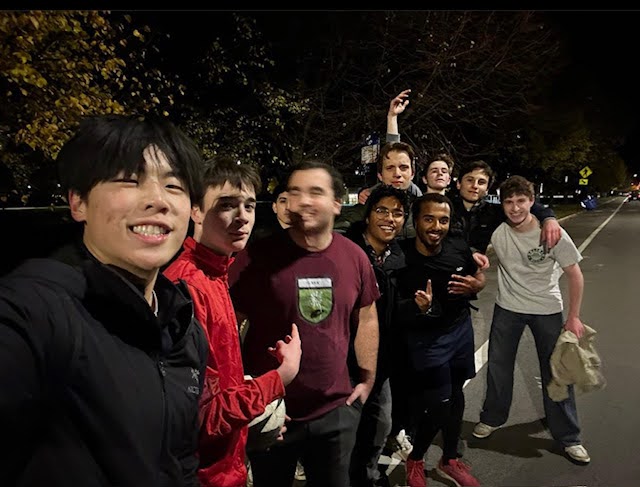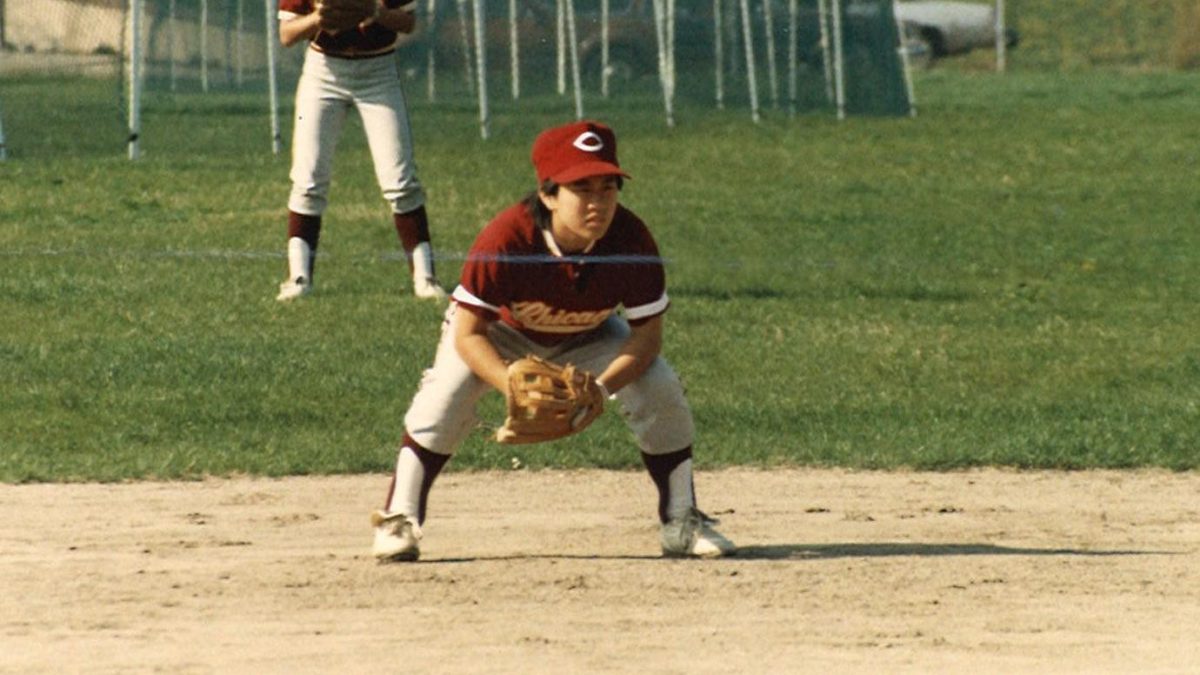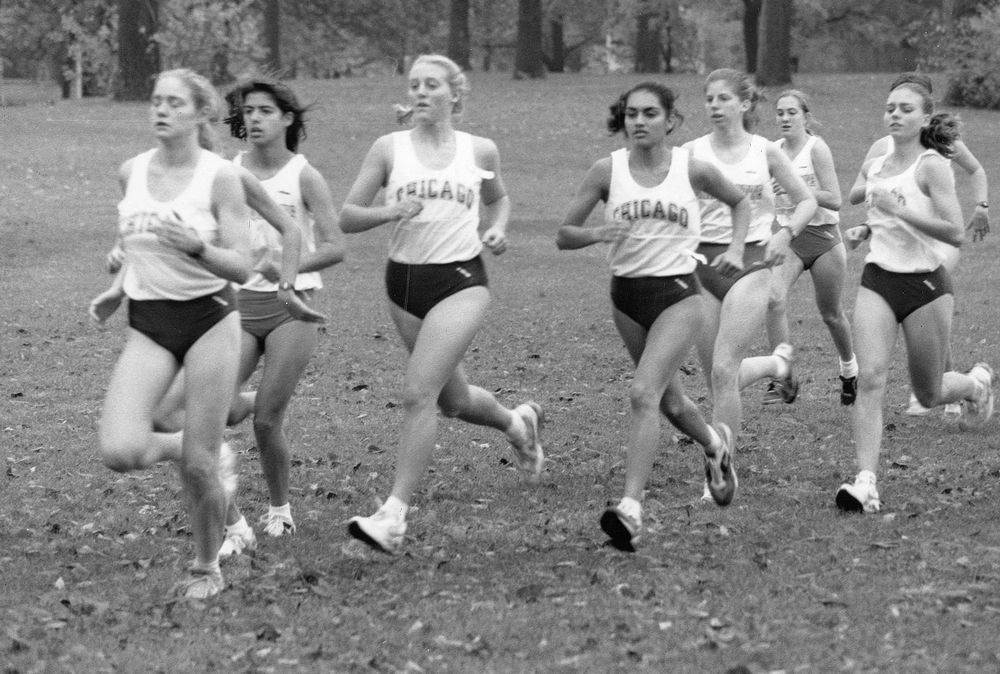To win a football game, the average team needs four things: good offense, good defense, good special teams, and good luck. When the Maroons played University Athletic Association opponent Carnegie Mellon on November 2, the team went 0 for 4 in those categories.
The CMU Tartans (5-3, 2-1 in the UAA) handed Chicago its fifth loss of the season, a 27-10 defeat, as the Maroons (3-5, 1-2 in the UAA) once again dropped below .500 in league play.
A cool, sunny Pittsburgh afternoon saw the Chicago offense sputter in the first half, and each time the production seemed about to pick up, something new went wrong. The five first-half possessions at Gesling Stadium ended in four punts and a fumble. The team amassed a total of only 41 yards in the half, and twice were held to zero yards or fewer in a drive. Having only two first downs in the first thirty minutes, the offense provided little relief to a defense that the Tartans’ game plan was wearing down. “They were able to maintain control of the football to keep [the offense] off the field,” explained John Maloney, the head coach of the Maroons. “We struggled on offense in the first half and didn’t throw the ball well.”
The game was troubled for fourth-year quarterback and team captain Josh Dunn, who was only 3 for 13 on first-half passes. His passing was more accurate in the second half, but he still threw two interceptions to kill drives. He was also charged with a fumble on a QB sneak that turned the ball over to the Tartans on Chicago’s two-yard line. The Tartans scored their third touchdown on the next play. And what would have been Dunn’s longest pass of the day, a 29-yard connection with junior wideout Jim Raptis, was brought back when the Maroons were whistled for having an ineligible player downfield. The call negated a potential third-down conversion and led to another Chicago punt, one of five during the game.
The Maroons’ defense couldn’t provide much assistance against a Tartans offense determined to grind out the yards on the ground. Chicago gave up 296 rush yards to Carnegie Mellon on 63 Tartan carries. Though CMU threw the ball only 6 times, with one throw intercepted by junior cornerback Nate Harrell on the Chicago 1, the Tartans still averaged 5 yards a play. “On defense, we weren’t running to the ball and making big tackles,” Maloney said. “We still did OK.”
Indeed, the Tartans’ final score of 27 points may be misleading. On the first three touchdowns, the Tartans had to drive an average of 21 yards. The Tartans consistently started their offensive possessions with the ball already in Chicago territory. Coach Maloney wrote off the last touchdown, coming off a 63-yard fourth-quarter drive, as “meaningless.”
Nevertheless, the Maroons couldn’t find alleviation from any other outlet. Penalties both stopped Chicago offensive drives and provided the Tartans with an outlet on a couple of occasions when they seemed to be stymied. The Maroons were also injured by a number of controversial referee calls. The ball dropped by Dunn on the two-yard line was called a fumble even though his forward progress seemed to be halted as he hit the pile-up at the line. In the second half, what appeared to be a tremendous catch by third-year wide-receiver Joe Polaneczky was ruled out-of-bounds. This call seemed iffy at best, and the fact that Carnegie Mellon’s field is streaked with multiple boundary lines for multiple sports (the soccer teams also use Gesling Stadium) might have contributed to a misruling.
The game seemed to pan out exactly as CMU would have designed it. “The first half of the first quarter was all about field position,” Maloney explained. Indeed, with an offense like CMU’s, which is content to run the ball almost every play, field position is often what a team plays for. Chicago’s first-year kicker/punter Michael Morzenti continuously punted out of his own end zone in the first half, giving the Tartans excellent field position. Another huge factor in the Tartans’ favor was the 5-to-2 turnover ratio. The Tartans scored 14 points directly from turnovers.
The Maroons did have a few notable performances. Third-year tailback Sam Owen scored the Maroons’ only touchdown on a 15-yard draw play after starting running back Aaron Carlock left the game in the fourth quarter with a concussion. Owen had not practiced the two weeks before as he nursed an injury. Raptis posted a good fantasy football day with 12 receptions for 150 yards. The dozen catches puts Raptis’ total up to 64 for the season, setting a modern-era record with still one game to play. On the other side of the ball, second-year linebacker Matt Hadsell totaled 12 tackles, seven of which were solo.
The Maroons remain idle this week, allowing the team some rest before their final game against Case Western Reserve on November 16. “This week we can work on the basics,” Maloney said. “It’s a chance to practice in a low-pressure situation, to build our spirit and our camaraderie.” Maloney hopes to inspire the team back to the level of play he saw in the Maroons’ lone UAA win against the University of Rochester. “We haven’t consistently played at the emotional and physical level we need.”







